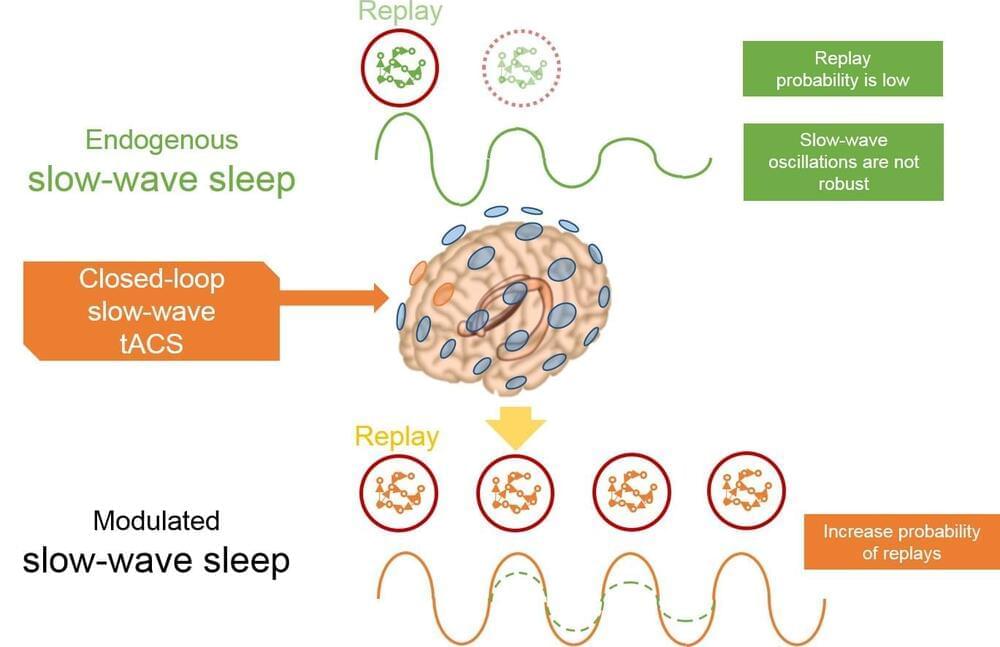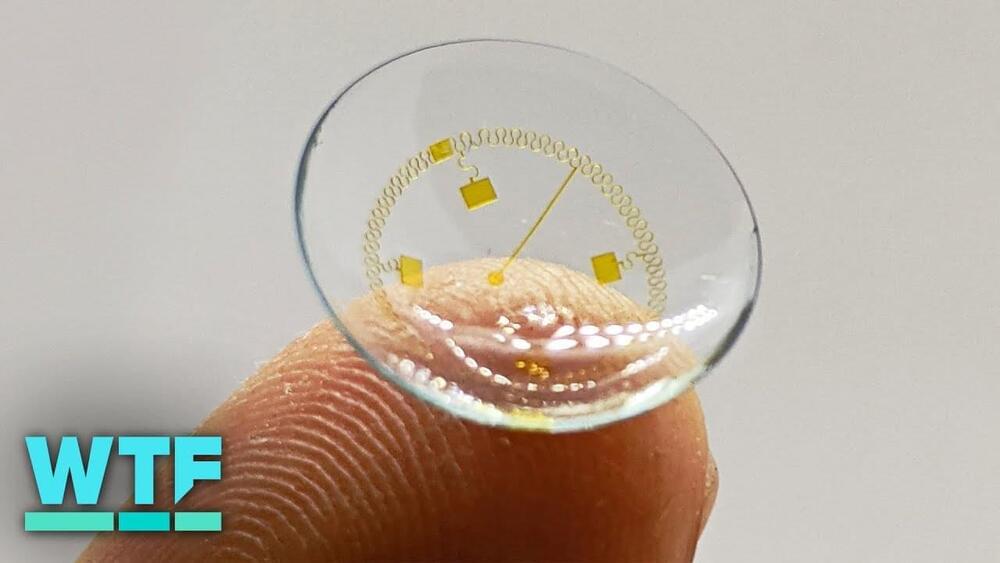Mar 11, 2022
Overnight brain stimulation improves memory
Posted by Dan Breeden in categories: biotech/medical, neuroscience
New research in humans demonstrates the potential to improve memory with a non-invasive brain stimulation technique delivered during sleep. The results, published in JNeurosci, come from a project funded by the United States Department of Defense that aims to better understand the process of memory consolidation, which could translate into improved memory function in both healthy and patient populations.
The transfer of memories from the hippocampus to the neocortex for long-term storage is thought to be enabled by synchronization of these parts of the brain during sleep. Nicholas Ketz, Praveen Pilly, and colleagues at University of New Mexico sought to enhance this natural process of overnight reactivation or neural replay to improve memory with a closed-loop transcranial alternating current stimulation system matching the phase and frequency of ongoing slow-wave oscillations during sleep.
Participants were trained and tested on a realistic visual discrimination task in which they had to detect potentially threatening hidden objects and people such as explosive devices and enemy snipers. The researchers found that when participants received stimulation during overnight visits to their sleep laboratory, they showed improved performance in detecting targets in similar but novel situations the next day compared to when they did not receive the stimulation, suggesting an integration of recent experience into a more robust and general memory. Overnight memory changes correlated with stimulation-induced neural changes, which could be used to optimize stimulation in future applications. These findings provide a method for enhancing memory consolidation without disturbing sleep.


















